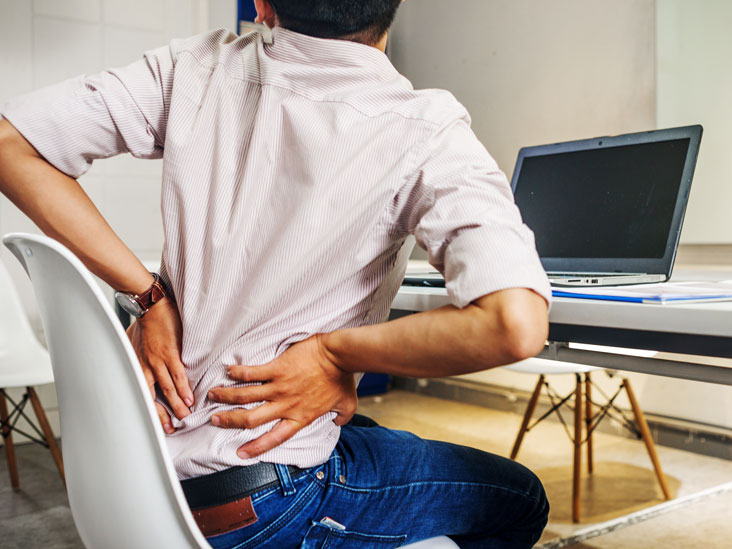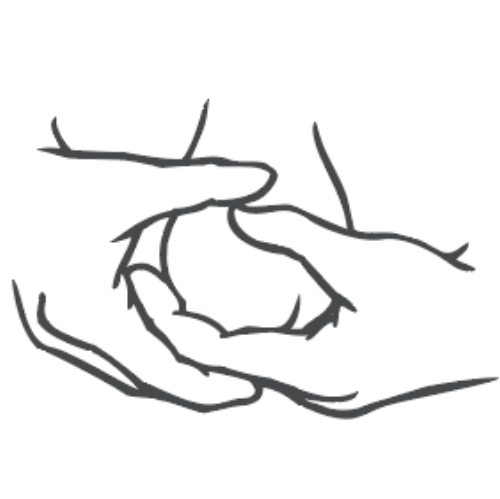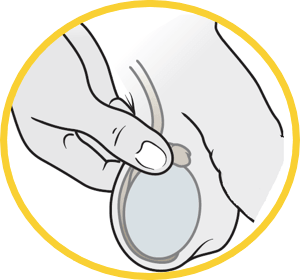
All 45-75 years old men should be tested on prostate at least once a year, or test yourself if you can answer YES to the following:
- if you have pain or discomfort in between rectum and the testicles, in testicles, penis, lower abdomen;
- groin or lower back;
- painful ejaculation;
- painful urination, frequent urination (including at night), intermittent, or weak urinary stream;
- your close relatives have been diagnosed with prostate or breast cancer.
Symptoms of prostate cancer do not usually appear until the prostate is large enough to affect the tube that carries urine from the bladder out of the penis (urethra) therefore its important to test your prostate before you starting notice significant symptoms.
Some of symptoms that should not be ignored, but they do not mean you have prostate cancer: an increased need to pee; straining while you pee; a feeling that your bladder has not fully emptied.
How to Do a Testicular Self-Exam
Testicular self-exams (TSE) can help you check for things like cancer. Although testicular cancer is rare in teenage guys, overall it is the most common cancer in males between the ages of 15 and 35.
It’s important to try to do a TSE every month so you can become familiar with the normal size and shape of your testicles, making it easier to tell if something feels different in the future.


Step 1: Choose the right time to do your exam. It’s best to do it during or just after a hot shower or bath.
The scrotum (skin that covers the testicles) is most relaxed then, which makes it easier to feel the testicles for lumps.
Lumps may be as small as a piece of rice or a pea.
Step 2: Examine one testicle at a time.
Start by gently gripping the top of the scrotum, with your thumb on top and your fingers underneath. Pinch gently so that the testicle stays put and won’t move during the exam.
Between your fingers, you should feel the spermatic cord. This connects the testicle to the rest of your body.
Step 3: With your free hand, glide your thumb and fingers along both sides of the testicle, from top to bottom. Feel for any lumps or bumps.
Then, glide your fingers over the front and back of the testicle.
On the back at the top, you should feel the epididymis, a tube that carries sperm. This is a normal lump and may feel tender to the touch.
Step 4: Tell your doctor right away if you notice any swelling, lumps, or changes in the size or color of a testicle. Also tell your doctor if you have any pain or achy areas in your groin.
Lumps or swelling may not be cancer, but they should be checked by your doctor as soon as possible.
Testicular cancer is almost always curable if it is caught and treated early.
